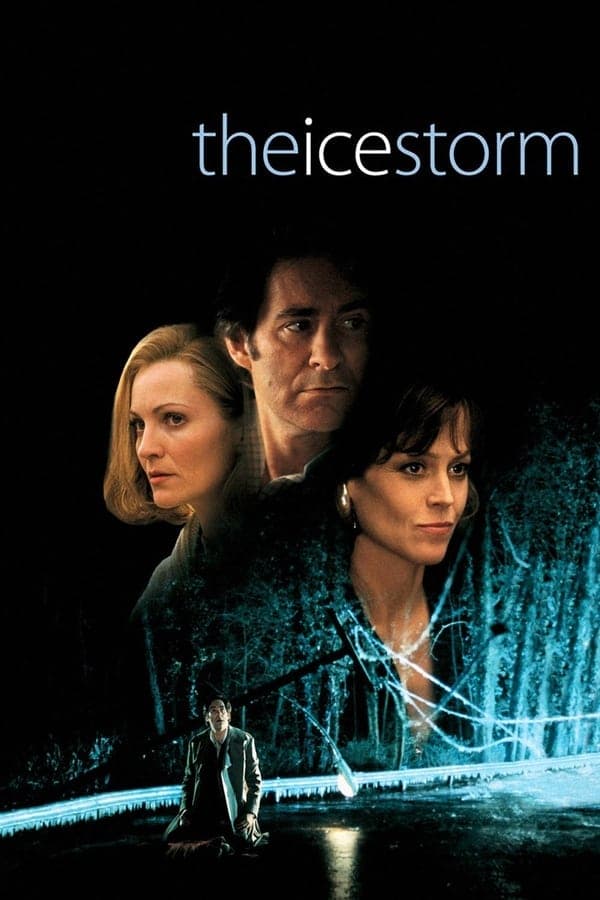
The Ice Storm
1997 • Drama • R
In the weekend after thanksgiving 1973 the Hood family is skidding out of control. Then an ice storm hits, the worst in a century.
Runtime: 1h 53m
Why you should read the novel
If you liked the film, reading Rick Moody’s novel The Ice Storm will immerse you more deeply in the inner worlds of the characters. The book intricately explores their thoughts, motivations, and personal histories with a nuance that cannot fully be captured on screen. The literary style adds layers of meaning, irony, and moral ambiguity, rewarding attentive readers with details that films can only hint at.
Moody’s evocative prose draws a chilling atmosphere, blending biting satire and sympathy for his flawed characters. As you turn the pages, you encounter a broader social portrait of 1970s American suburbia, cut through with themes of disconnection, longing, and the search for identity. The novel encourages more profound reflection about family, adolescence, and the forces shaping everyday life during a period of cultural upheaval.
Ultimately, the book offers a richer, more resonant experience—allowing you to pause, reread, and reflect on the choices and consequences that shape the story. Reading The Ice Storm opens up new emotional and intellectual territory and lets you form a personal connection with Moody’s vision.
Adaptation differences
A primary difference between Ang Lee’s adaptation and Rick Moody’s novel is the narrative scope and depth. The novel is deeply introspective, immersing readers in the characters’ internal monologues and psychological states. The film, constrained by time and visual storytelling, often externalizes these emotions through subtle performances, visuals, and atmosphere instead of direct access to characters’ thoughts.
Another distinction is the depiction of secondary characters and subplots. Moody’s novel delves extensively into the perspectives of younger characters, offering a sharper exploration of adolescence and generational divides. The film streamlines certain storylines, amalgamates others, and sometimes omits background details which deepen the context in the novel.
The thematic tone shifts somewhat between the adaptations. The book’s dark humor and critical social commentary thread through every chapter, while the movie, although faithful in mood, focuses more on the atmosphere of the era and the poignant sense of alienation. Some of the novel’s satirical edges are softened for cinematic resonance.
Finally, important events and their emotional aftermath are depicted differently. Key scenes—such as the tragic climax and the responses to it—play out with more lingering introspection and ambiguity in the novel, allowing readers to dwell on their significance. The film must move more swiftly, resolving threads visually, which can diminish some of the lingering power of the book’s conclusion.
The Ice Storm inspired from
The Ice Storm
by Rick Moody










